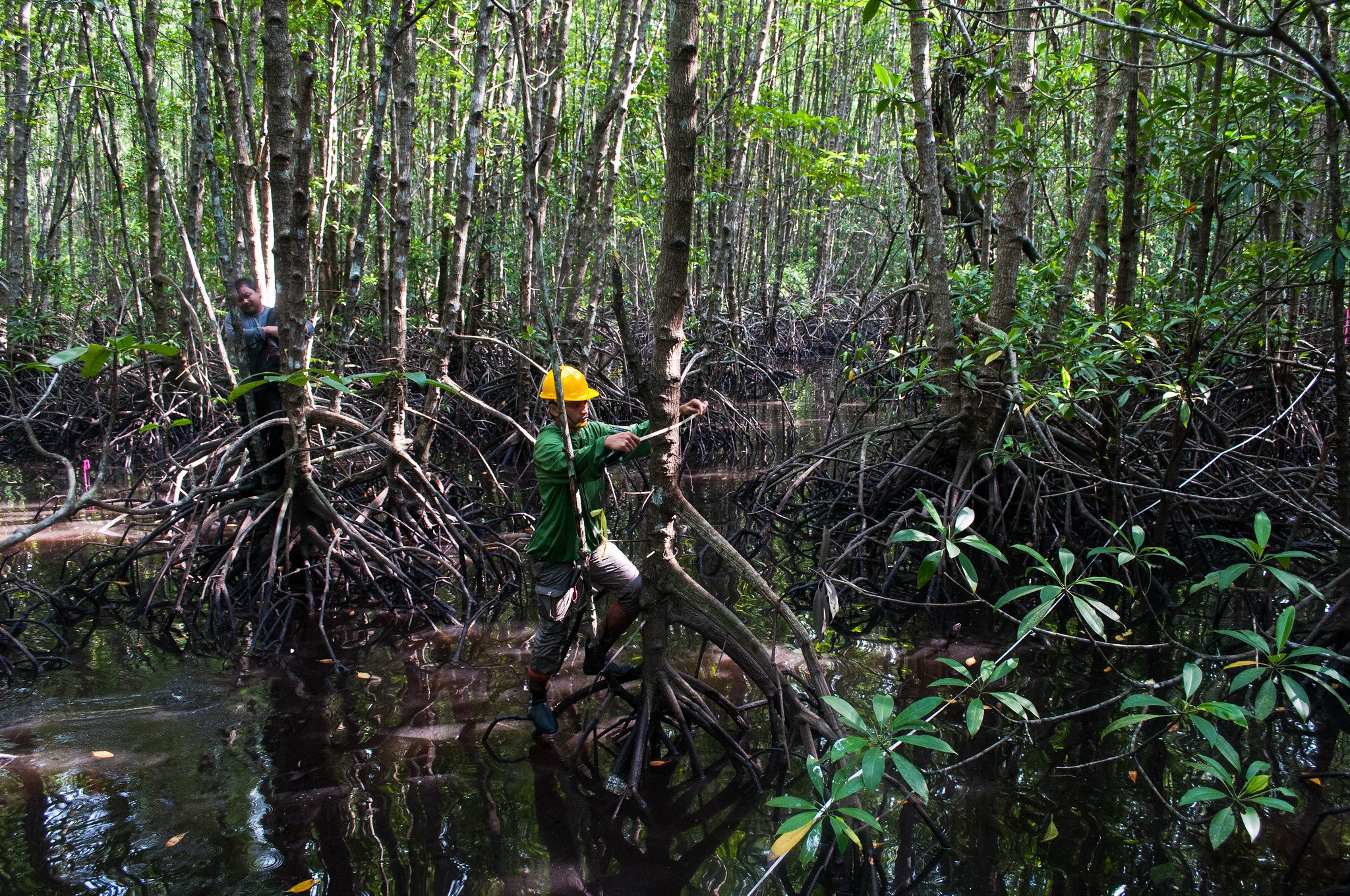Story at a glance…
-
Mangroves had been one of the world’s most threatened ecosystems for years, but a new report shows that’s changing.
-
Mangroves are capable of protecting coastal communities from storms, providing habitat for billions of sealife, and sequestering more carbon than terrestrial trees.
-
A new state-of-the-art report on global mangroves paints a picture of improving conditions and attitudes to these key ecosystems.
They are one of the most unique and fundamental types of forest on our planet, and for a few decades were being lost at a rate that seemed soon-to-be-fatal. But with the 2022 State of the Mangrove report, a new picture is emerging of changing trends and attitudes towards these trees, their habitat, and their role in modern society.
This is the second year of this report, and brand new Global Mangrove Watch satellite maps have provided the 2022 report with much better detail on a range of necessary figures.
Globally today, 42% of all mangrove forests lie under some level of protection. The updated maps calculate that 147,000 square kilometers of the Earth’s surface are covered in mangroves, more than previously thought, and based on the updated maps rather than reforested areas.
Indeed at baseline, the report reveals that mangroves are still being lost every year. Between 1996 and 2010, the average loss rate was estimated to be 327 km2 or around 0.21% of global coverage. Between 2010 and 2022 however the rate of loss dropped by 600%, to just 66 km2 per year, or 0.04%.
Prior to 1996, mangrove coverage was given as estimates, and losses are thought to have been very high, but accounting for gains made over the same time, the amount of mangrove loss between 1996 and 2022 is 5,245 km2, about the same size as Delaware.
Yet conditions for the Mangrove are also improving, not only because of dedicated efforts to reforest mangroves but also because as climate change policy around the world has narrowed to a carbon-in carbon-out equation, aquatic ecosystems like mangroves have clearly become the most important ecosystems of all.
PICTURED ABOVE: Center for International Forestry Research (CIFOR) researcher Sigit Deni Sasmito measures the diameter of mangrove trees in a study on above-ground and below-ground biomass in mangrove ecosystems in Indonesia, owner of the world’s largest concentration of mangroves. PC: CIFOR. CC 2.0.
If you think the stories you’ve just read were worth a few dollars, consider donating here to our modest $500-a-year administration costs.




